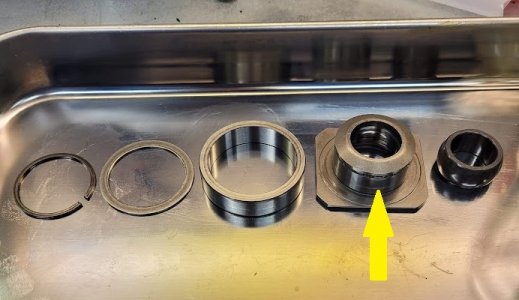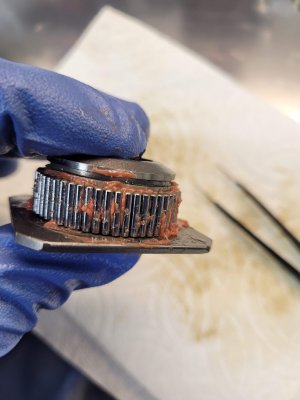Welcome to NSX Prime!
If properly maintained, mileage generally isn't an issue with the NSX as both the engine and transmission will easily run for 250,000+ miles. My view, however, is generally that the old saying that the NSX is as "reliable as a Honda Accord" isn't really true anymore. It was true when the NSX was a new car. Now, it's a classic car. And, as classics go, the NSX is still quite reliable, but there are things that simply wear out because it's old.
It's more the age than the mileage now. A this point in the car's life cycle, most NSXs will require an engine-out TB/WP service that also replaces all of the rubber on the top of the engine and the crank pulley. Budget $3,000-$5,000 for that job and it needs to be a mechanic who knows what they are doing. We call this the "Engine Refresh" and it's typically due around 20 years of age.
After that, other age-related items owners typically encounter regardless of maintenance are:
- Full brake overhaul (new seals/pistons)
- New shocks
- All 23 coolant hoses
- Window regulators and guide rails cleaned/greased (they need to come out)
- Capacitors replaced in CCU and gauge cluster
- Bose speaker amp rebuild
- ABS rebuild or replace with MY2000+ unit
- Driveshaft overhaul (including re-pack needle bearings)
- Fuel injector clean/balance + new fuel filter + fuel pump and hoses
- Intake manifold/throttle body overhaul
- HVAC rebuild
- Clutch master/slave (likely)
- Brake master (likely)
That's just the mechanical stuff. Then there is all the cosmetic. Replacing old leather trim, paint correction, replacing worn interior plastic, etc.
What's interesting is that the above list is pretty much a "must" for any 91-01 NSX at this point in the car's life. Even the 02-05 cars are starting to approach this menu of work. Also interesting is that this list does not appear in the car's official maintenance chart. So, most of the cars that sell for big dollars on BaT
also need this stuff. Once a car becomes a "classic", it is foolish and unsophisticated (to me anyway) to rely on the simplified list in the owner's manual to gauge a car's health/value. When you see a NSX at auction that says "all maintenance up to date," at this point in the NSX's life, that means very little to me. For a 2017 GT-R, or a 2015 M3, for example, it's much more meaningful because those cars are still relatively new. On a 30-year old NSX, it's the floor, not the ceiling.
Don't be afraid to reach out to us on the forum regarding cars you are looking at. There are a LOT of experienced eyes here that can help steer you to the right car. A well-sorted NSX is still one of the best cars to drive in the world.












